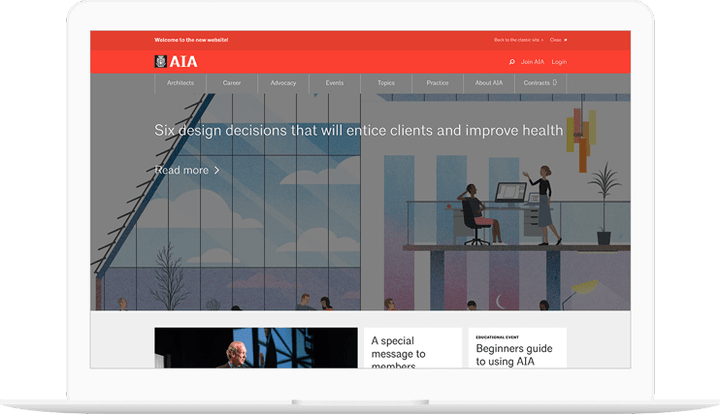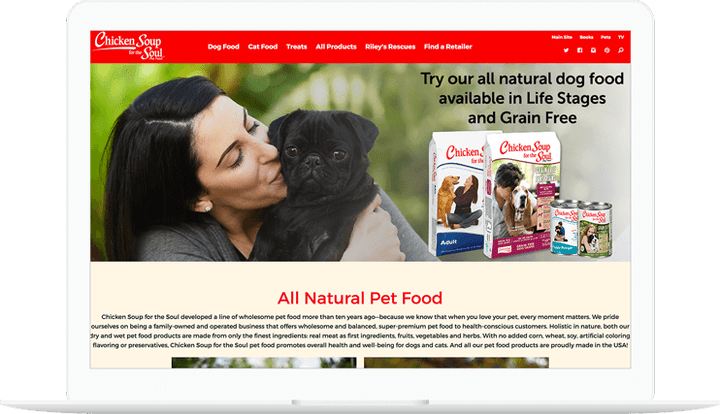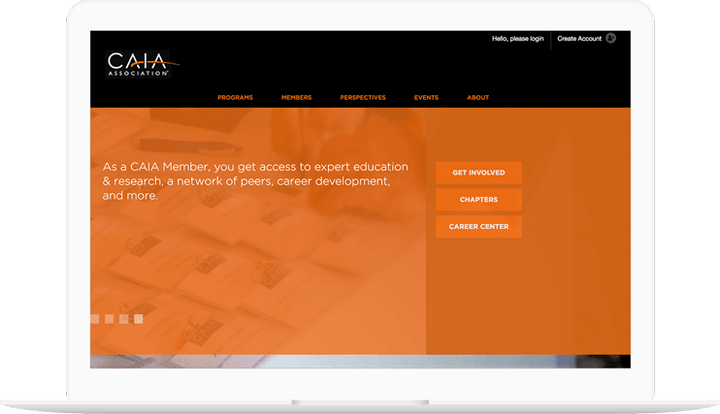We're proud to provide services to our friends in Enterprise.
Seramount
Seramount's Online Portal in WordPress
A B2B online learning and development platform built on WordPress.

Seramount's Online Portal in WordPress

Looking before we leap.

Strategic pivot, design and development.
Building Green
AIA Top Ten digital transformation.
Bringing an age-old contest from paper to a web app.

AIA Top Ten digital transformation.
Drill down to savings.
Chicken Soup for the Soul
Pet food microsite, built in two weeks.
Leveraging our Scaffolding and Drupal 8.

Pet food microsite, built in two weeks.

NYSE Euronext.

Upgrading the CAIA Association.
Continuous delivery to the LEEDuser community.
IDG
Continuous delivery to the council.
Responding to projects and help-desk issues with equal competency.

Continuous delivery to the council.